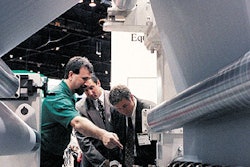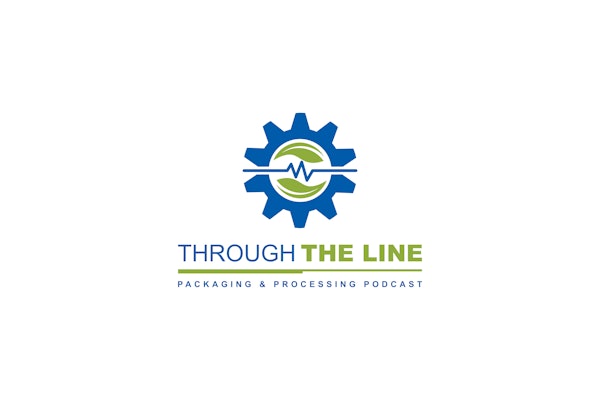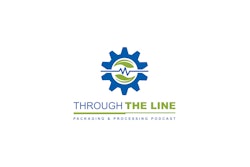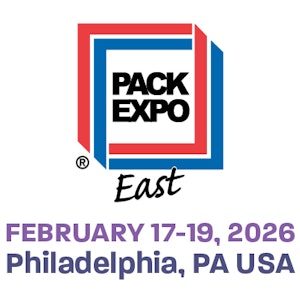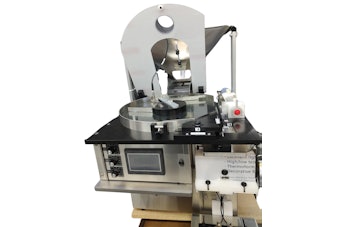Therefore packagers will need to gain an understanding both of the QSR (Quality System Regulations), which provide requirements for the design, manufacture, packaging, labeling, storage, installation, and servicing of finished medical devices, and of the guidelines for drug manufacturing known as GMP (Good Manufacturing Practices). They will also need to understand the different types of combination products and how these regulations apply to each. Just as pharmaceutical and medical device companies seek to open a dialogue with the FDA early on in the product development process, packagers should do likewise alongside combination product developers to ensure a compliant package.
Understanding the different combination product types will also help packagers identify the unique opportunities that exist for each. For example, combination products where constituent parts are physically, chemically, or otherwise combined or mixed, such as the drug-eluting stent, can pose greater regulatory challenges because both GMP and QSR guidelines apply to these single-entity products.
A second type of combination product is not produced as a single entity, but its constituent parts are packaged together, potentially simplifying the regulatory process. In a third type of combination product, components are sold separately but are labeled for use exclusively with each other. An example of this type of product is pharmaceutical company Vyteris's LidoSite, a topical local anesthetic delivery system. With more packaged components, this third type of product may offer greater opportunities for packagers. [HCP]
By Christine Ford
Since joining Reed Exhibitions in 1991, Christine Ford has been involved in a variety of conference and event management positions. Since 2004, Ford has focused the majority of her business development work within the life sciences and healthcare industries, including her responsibility as event director for PharmaMedDevice (see next screen for more details.)
Understanding the different combination product types will also help packagers identify the unique opportunities that exist for each. For example, combination products where constituent parts are physically, chemically, or otherwise combined or mixed, such as the drug-eluting stent, can pose greater regulatory challenges because both GMP and QSR guidelines apply to these single-entity products.
A second type of combination product is not produced as a single entity, but its constituent parts are packaged together, potentially simplifying the regulatory process. In a third type of combination product, components are sold separately but are labeled for use exclusively with each other. An example of this type of product is pharmaceutical company Vyteris's LidoSite, a topical local anesthetic delivery system. With more packaged components, this third type of product may offer greater opportunities for packagers. [HCP]
By Christine Ford
Since joining Reed Exhibitions in 1991, Christine Ford has been involved in a variety of conference and event management positions. Since 2004, Ford has focused the majority of her business development work within the life sciences and healthcare industries, including her responsibility as event director for PharmaMedDevice (see next screen for more details.)



